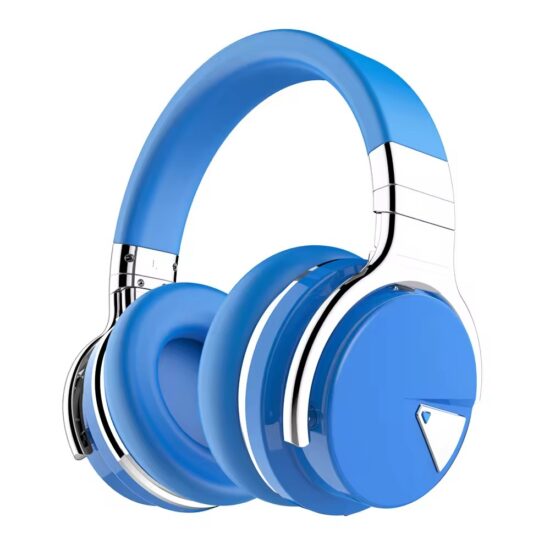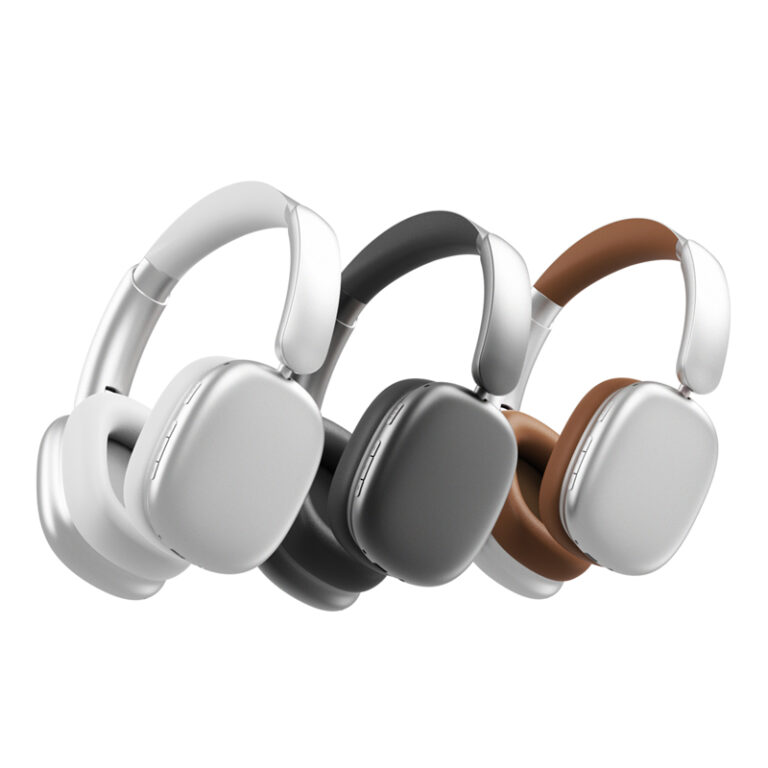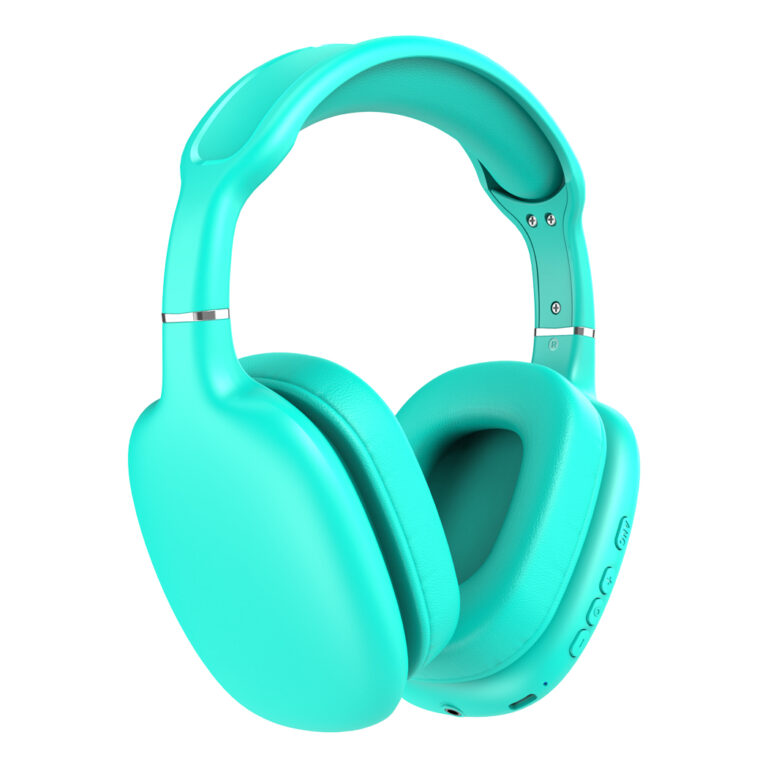jay@nbdho.com
Active vs Passive Noise Cancellation: Technology & Comparison Guide
In today’s noisy environments, noise-cancelling headphones have become essential for travelers, commuters, remote workers, and audio professionals. There are two main types of noise cancellation: passive noise cancellation (PNC) and active noise cancellation (ANC). While both aim to reduce unwanted external sounds, they work in completely different ways and are suited to different scenarios. Here’s a detailed look at how each method works and what sets them apart.
-
What Is Passive Noise Cancellation (PNC)?
Passive noise cancellation relies purely on physical design to block sound. It uses insulating materials such as foam-filled ear pads, tightly sealed ear cups, and firm clamping force to reduce outside noise. This method works especially well for blocking mid to high-frequency sounds like conversations, typing, or background chatter.
Since passive noise cancellation does not use any power or electronics, it is always functioning when the headphones are worn. However, it is less effective against low-frequency sounds like airplane engines or traffic rumble.
-
What Is Active Noise Cancellation (ANC)?
Active noise cancellation uses digital technology to reduce noise. Microphones on the headphone pick up ambient sounds and a processor generates a sound wave that is the exact opposite of the incoming noise. This anti-noise signal is then played through the speaker, canceling out the original sound through destructive interference.
ANC is highly effective at eliminating low-frequency, consistent sounds such as the hum of an air conditioner or the roar of a jet engine. It requires built-in microphones, a digital signal processor, and a power source, typically a rechargeable battery.
-
Key Differences Between PNC and ANC
| Feature | Passive Noise Cancellation | Active Noise Cancellation |
|---|---|---|
| Technology | Uses physical materials and structure | Uses microphones and digital processing |
| Power Needed | No | Yes, battery-powered |
| Best at Blocking | High and mid-frequency noise | Low-frequency noise |
| Cost | Lower | Higher due to added electronics |
| Use Cases | Offices, general listening, studios | Planes, public transport, busy streets |
-
Which One Should You Choose?
Passive noise cancellation is ideal for users looking for simple, reliable noise isolation without electronics. It’s also a great option for users who prioritize sound fidelity and don’t want to worry about battery life.
On the other hand, active noise cancellation is better suited for people who regularly travel, work in noisy environments, or simply want maximum noise reduction. ANC headphones are generally more expensive but provide a much quieter experience, especially in low-end frequency ranges.
-
The Hybrid Option
Many modern headphones offer a hybrid approach, combining passive and active noise cancellation. These models include well-designed physical insulation along with advanced ANC processing, delivering a more complete and immersive sound environment.





